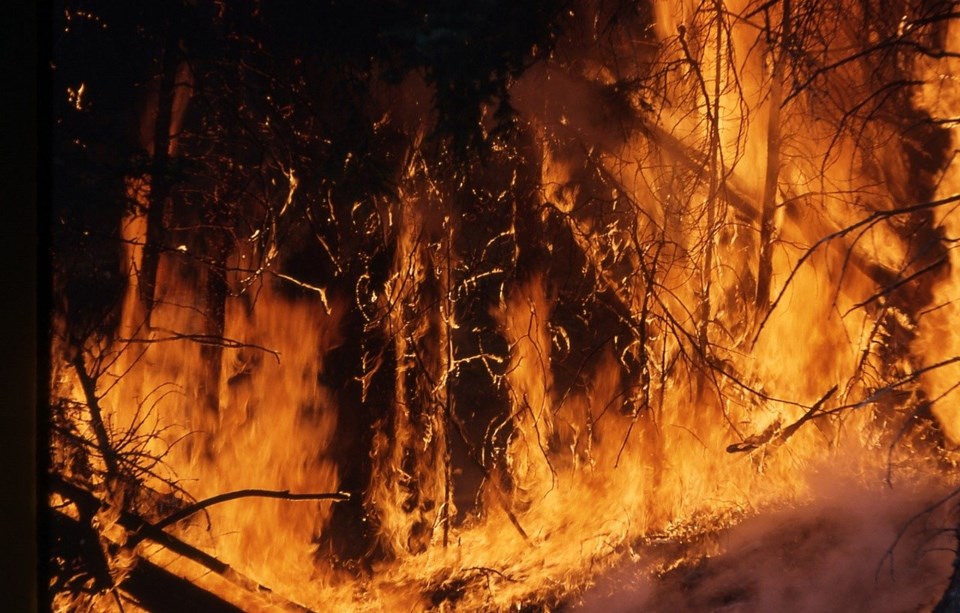A high-risk wildfire season has sparked new challenges for northern municipalities that may have to evacuate while social distancing.
“The wildfire season is upon us,” noted Rick Laliberte, commander of the North West Incident Command Centre.
Natural Resources Canada projects a higher-risk season this year, which could mean increased chances of blazes igniting from improperly disposed cigarettes and ignored fire bans. As of May 14, there have been 27 wildfires, with one considered not contained northwest of Melfort.
For Laliberte, that risk means balancing fire and pandemic management while facing likely evacuations.
The Incident Command Centre has told its membership, which is comprised of northern leaders, to keep aware and to institute fire bans, he said.
Once evacuations take place, there’s another question: where to send displaced residents who are physically distancing.
Complicating matters is the public health order restricting gatherings to 10 people, which may make transportation tricky, Laliberte said. On top of that, evacuations tend to prioritize vulnerable residents, like those with respiratory issues, who are also at higher health risk during the pandemic.
During evacuations, potential outbreaks require quick identification and isolation, Laliberte said. Doing that in the middle of an evacuation will be difficult, and may require mobile isolation units.
This will all be an “enormous challenge,” said University of Saskatchewan professor Greg Poelzer, who researches northern governance.
He estimated there’s a 95 per cent chance that significant evacuations will be needed.
In a typical high-risk fire season, there would likely be evacuations from more than one community, and it’s possible that could mean as much as a third of the region’s population, judging from past years, he added.
“In the middle of a … pandemic, you can just imagine the logistical nightmare that could bring, especially for the residents of those communities.”
For example, evacuating a hard-hit community like La Loche would require accommodations for residents needing cots and beds.
That could mean finding up to two or three times as much space while following physical distancing, Poelzer said.
“It is a whole supply chain of caring for people who have been evacuated that don’t have their home belongings with them, and a number of them are going to be affected.”
He said the province should be in contact with the mayors of possible host municipalities like Saskatoon, Prince Albert and Meadow Lake. Preparations should also be made in advance to consider logistics like spacing, food provisions, and blankets.
Poelzer added leadership updating residents is a key assurance for them, and should include elements like a transportation plan, some mustering points and where they’ll stay once evacuated.
“To be brutally honest, avoid a goat rodeo: The last thing you want to be doing is making plans on the fly. There’s no excuse for that to happen,” he added.
Northern communities already face comparatively lower incomes, higher unemployment rates, and increased costs for things like power bills, he said, all of which continue to operate in the background.
“We have neighbours that are confronting, and will confront this summer, challenges far beyond anything we can imagine,” he said.
“It’s really important as Saskatchewan people that we step up and help our neighbours out when the time calls.”



